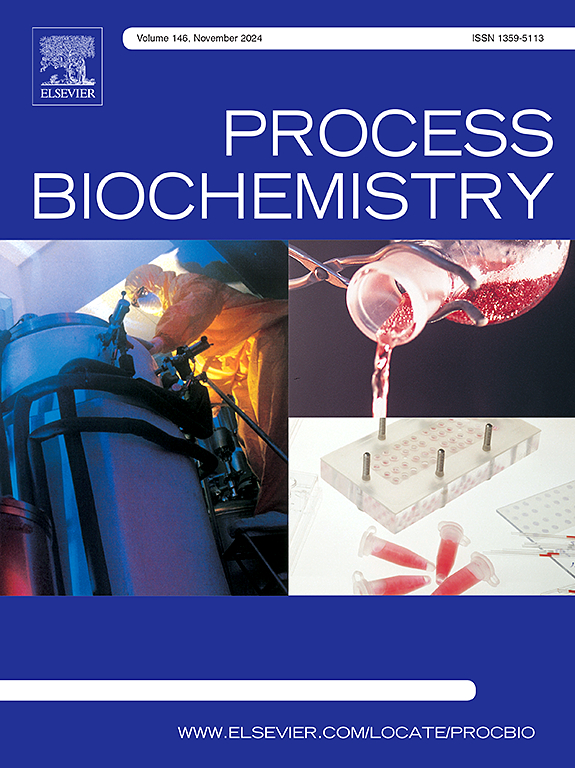A review on biodesulfurization of crude oil using different microorganisms: Reaction mechanisms, effective factors, and removal efficiency of organic sulfur compounds
IF 3.7
3区 生物学
Q2 BIOCHEMISTRY & MOLECULAR BIOLOGY
引用次数: 0
Abstract
Thiophene, benzothiophene and dibenzothiophene are the main organic sulfur compounds in crude oil, which reduce the quality of crude oil. Previous studies have shown that biodesulfurization (BDS) is the most efficient method for the separation of complex organic sulfur compounds from crude oil. BDS is performed at ambient pressure and temperature with excellent selectivity, leading to reduced energy cost, low emissions of CO2 and lack of production of unfavorable by-products. In this review study, the advantages and disadvantages of BDS compared to other processes, the performance of various microorganisms in the removal of complex sulfur compounds, environmental impacts, and biodesulfurization kinetics were thoroughly discussed. Also, different mechanisms of biodesulfurization process and their pathways in removing sulfur compounds were investigated. Moreover, the utilization of genetic engineering to improve biodesulfurization efficiency was studied. According to previous studies, the Bintulu oil field in Malaysia and the Boscan oil field in Venezuela have the lowest (0.03 %) and the highest sulfur content (5.7 %), respectively. Also, some microorganisms such as Mycobacterium goodie X7B, Rhodococcus erythropolis XP, Rhodococcus sp. ECRD-1, and Gordonia alkanivorans have shown significant biodesulfurization efficiency. In general, the integration of BDS and hydrodesulfurization processes is recommended as an efficient and environmentally friendly process in removing complex sulfur compounds.
求助全文
约1分钟内获得全文
求助全文
来源期刊

Process Biochemistry
生物-工程:化工
CiteScore
8.30
自引率
4.50%
发文量
374
审稿时长
53 days
期刊介绍:
Process Biochemistry is an application-orientated research journal devoted to reporting advances with originality and novelty, in the science and technology of the processes involving bioactive molecules and living organisms. These processes concern the production of useful metabolites or materials, or the removal of toxic compounds using tools and methods of current biology and engineering. Its main areas of interest include novel bioprocesses and enabling technologies (such as nanobiotechnology, tissue engineering, directed evolution, metabolic engineering, systems biology, and synthetic biology) applicable in food (nutraceutical), healthcare (medical, pharmaceutical, cosmetic), energy (biofuels), environmental, and biorefinery industries and their underlying biological and engineering principles.
 求助内容:
求助内容: 应助结果提醒方式:
应助结果提醒方式:


